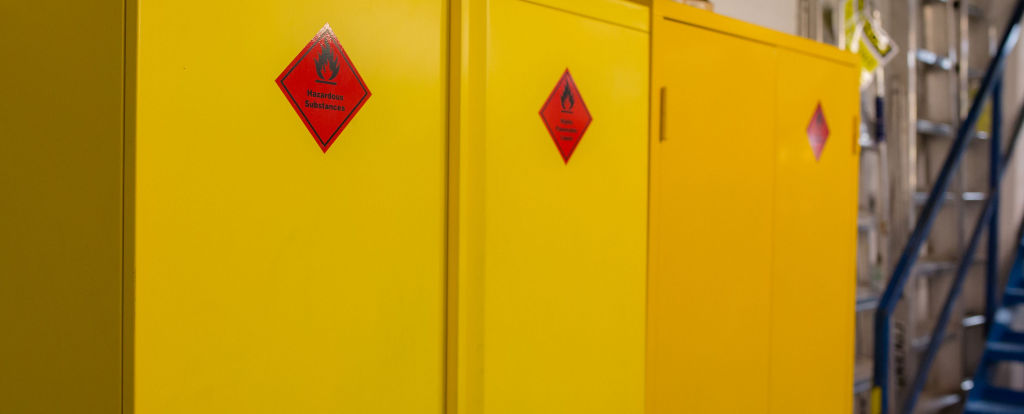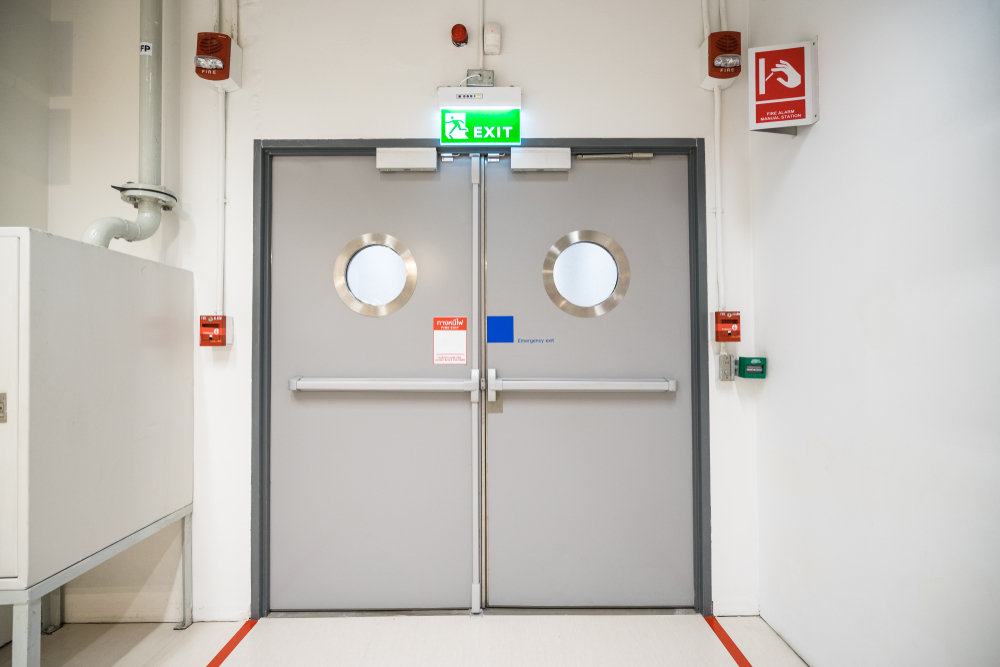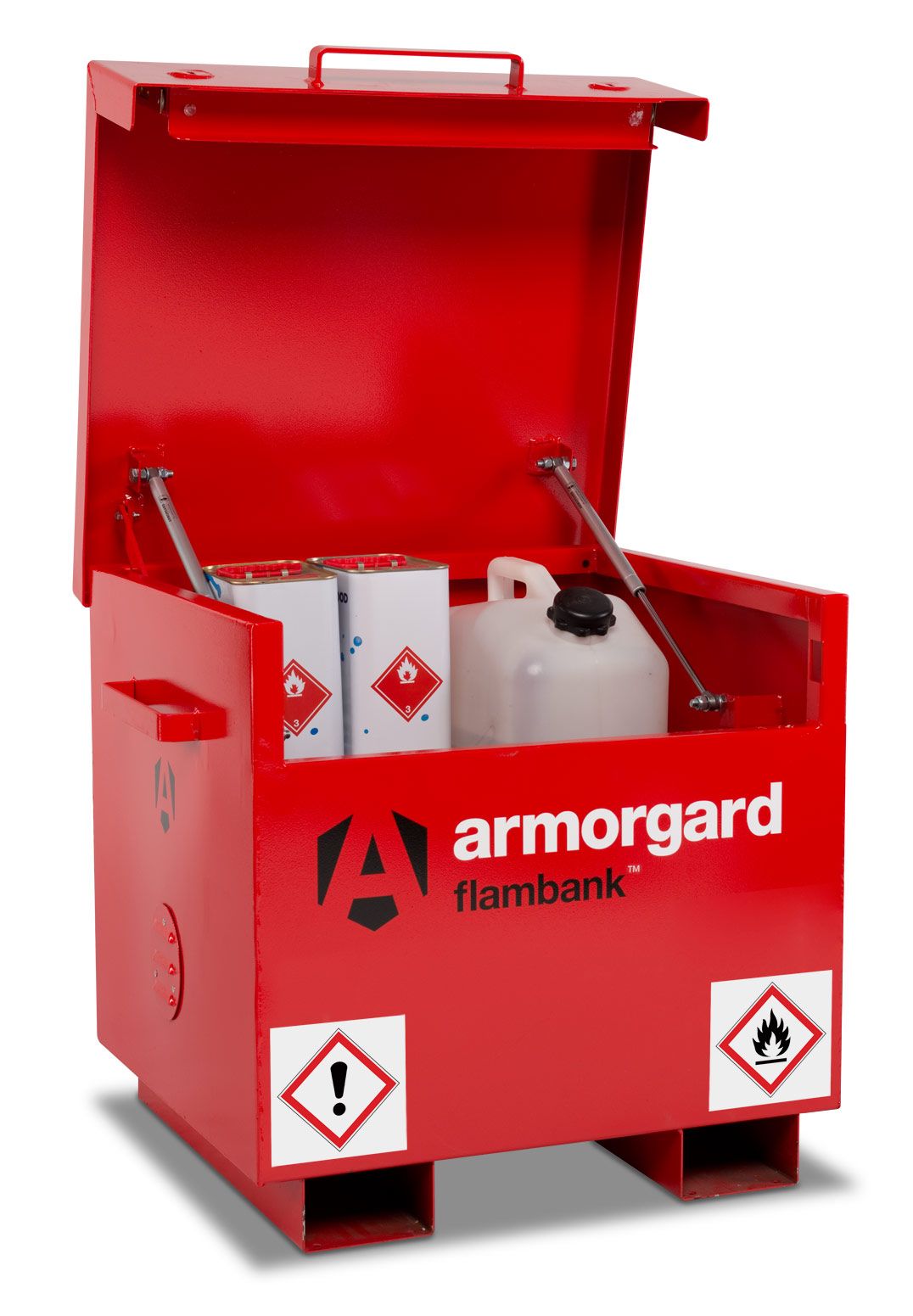The Regulatory Reform (Fire Safety) Order 2005 (RRO) rules that appropriate fire-fighting equipment, including portable fire extinguishers, must be provided where there is any risk of fire. This law governs all fire safety regulations in England and Wales for non-domestic premises.
According to the RRO, business managers and owners who have been designated as responsible persons (RP) are in charge of creating and maintaining a fire management plan and conducting a fire safety risk assessment. Below, the experts in workplace fire safety at SafetyBuyer outline the fire extinguisher regulations in the workplace.
Read more
Posted in Safety Signs
This year, SafetyBuyer had the pleasure of helping Getaway Girls, a non-profit organisation whose mission is to empower young women in Leeds. Their valuable and persistent efforts in supporting young women eventually led to a need to expand their headquarters, a project that attracted support from the BBC One series ‘DIY SOS: The Big Build’.
With our experience in ensuring smooth and safe construction builds, we were delighted to be called on by the programme to support Getaway Girls with the project. SafetyBuyer was proud to donate industry-leading first aid stations that were used as part of the life-changing transformation of the Getaway Girls’ new charity headquarters.
Read more
Posted in Safety Signs and Featured

Construction workers are inevitably exposed to a wide range of hazardous substances including dust, lead, and cement. Employers and employees in the construction industry must be aware of the risks posed by substances that are hazardous to health, how the substances can cause harm, and the potential subsequent health consequences.
Below, the experts in COSHH at SafetyBuyer outline the most common health risks posed by hazardous substances in the construction sector while providing guidance on maintaining a high level of safety.
Read more
Posted in Coshh and Spill Control
The inability to perceive or identify chemical hazard risks is one of the key concerns found in workplaces. This can be the result of inadequate health and safety training, a lack of chemical reporting methods, or a poor health and safety culture.
However, the Control of Substances Hazardous to Health (COSHH) rules outline the duties that employers and employees must follow, in order to maintain high levels of safety and reduce the risk of harm caused by hazardous substances.
The occupational safety experts at SafetyBuyer have created this guide to give you the resources you need to recognise chemical properties and take the necessary steps to lessen or prevent their risks.
Read more
Posted in Coshh and Spill Control
The individual in charge of running a company or supervising a team at work has a responsibility to familiarise themselves with the laws and policies in place to safeguard the health and safety of employees.
Only by doing this will your company be able to fulfil its obligations as an employer, while ensuring the safety of all at work.
In order for a company to meet its duty of care to employees, it must scrupulously follow the Control of Substances Hazardous to Health (COSHH) Regulations of 2002 if its work involves the use or handling of potentially hazardous substances.
Read more
Posted in Coshh and Spill Control

COSHH stands for the Control of Substances Hazardous to Health. As the name suggests, the objective of COSHH measures is to reduce the risk of exposure to hazardous substances, protecting the well-being of workers and anyone on work premises where dangerous substances are used.
There are three major strategies you must understand and implement in order to ensure your workplace is COSHH-compliant. Failure to do so could result in harm afflicted to workers, which can be followed by fines or other legal repercussions.
Read more
Posted in Coshh and Spill Control
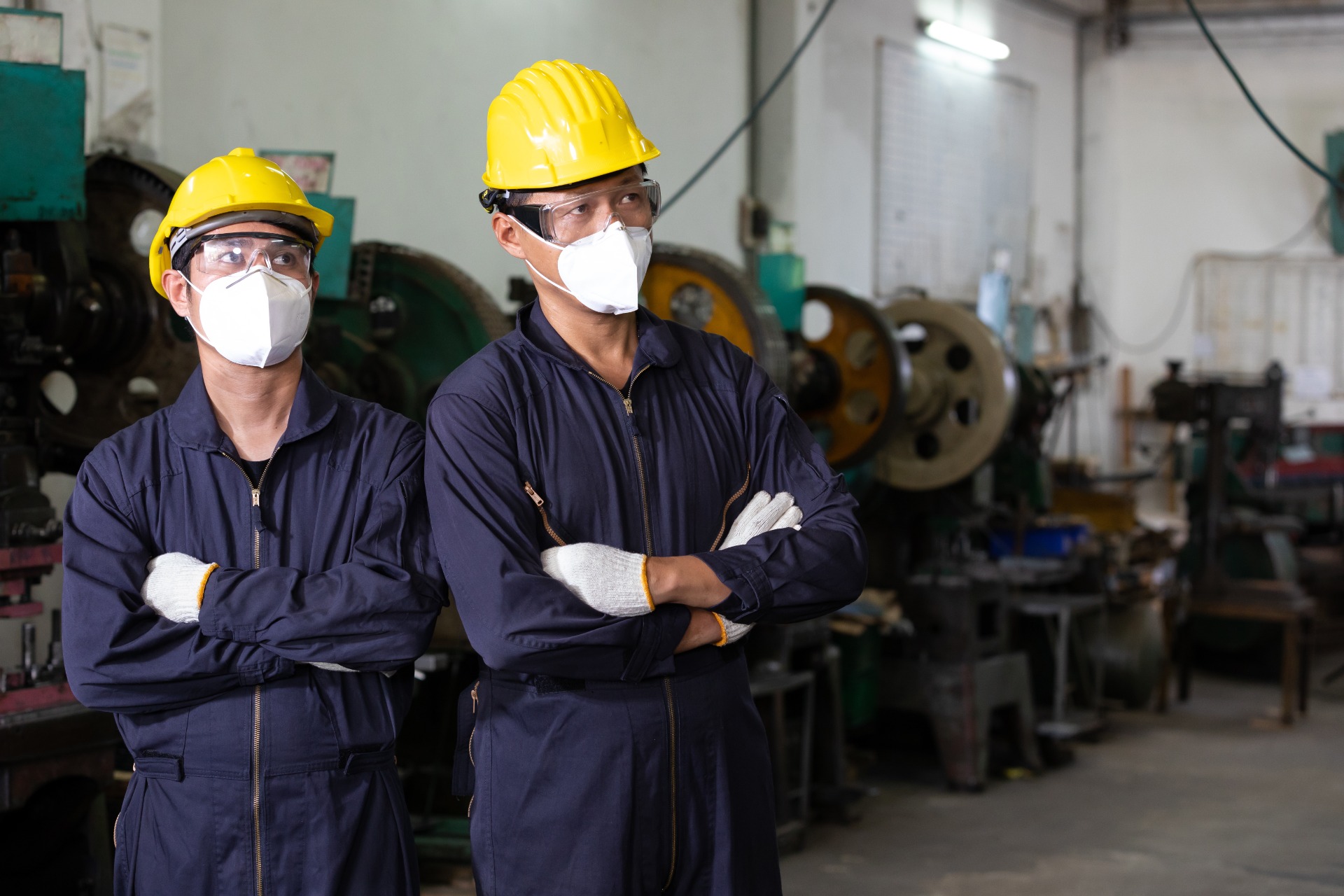
The Control of Substances Hazardous to Health (COSHH) is the law that governs occupational health and safety with hazardous substances, but there can be confusion as to who is legally responsible for implementing and adhering to COSHH on a daily basis.
Read more
Posted in Featured and Coshh and Spill Control
If your workplace activities require the use of hazardous substances, there are a number of regulations that outline safe storage requirements.
Read more
Posted in Coshh and Spill Control
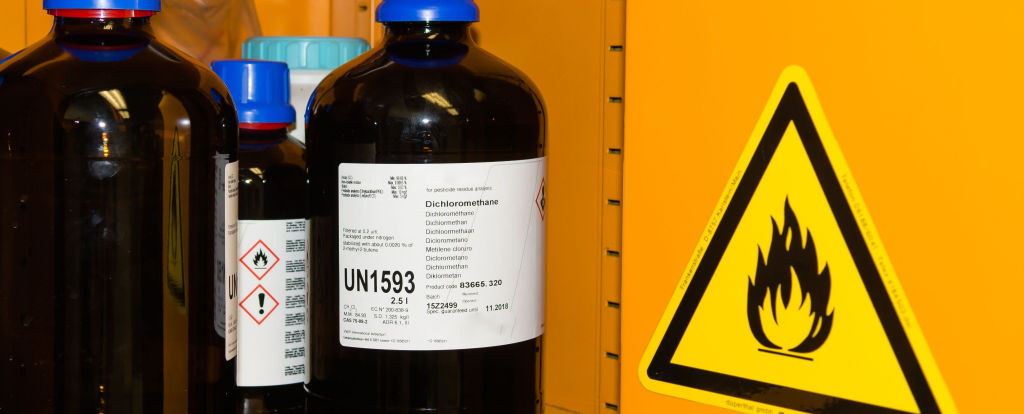
If your work necessitates the use of hazardous chemicals, your workplace must have safety procedures in place to ensure they are stored securely and without posing a health risk.
Read more
Posted in Featured and Coshh and Spill Control
Safety signs have a vital role to play in protecting the health and wellbeing of everybody on site, and few are more important than fire safety signs. Workers and site visitors need to be able to immediately tell where they can find the nearest fire exit, how to locate fire fighting equipment, and how to make sure that vital escape routes are kept clear.
One of the key considerations should always be to make sure you have the right signage in place around your fire doors. This not only means having the right messages in place to instruct users on how to find and use these emergency exits, but also understanding the colour-coding to ensure these signs are being used correctly.
Here, the experts at SafetyBuyer will explain the different types of fire safety signs used in conjunction with fire doors, and how the different colours affect their meaning.
Read more
Posted in Featured
 Over 12,000
Over 12,000  Simple no quibble
Simple no quibble  Prompt dispatch &
Prompt dispatch &  UK Mainland Delivery
UK Mainland Delivery 


